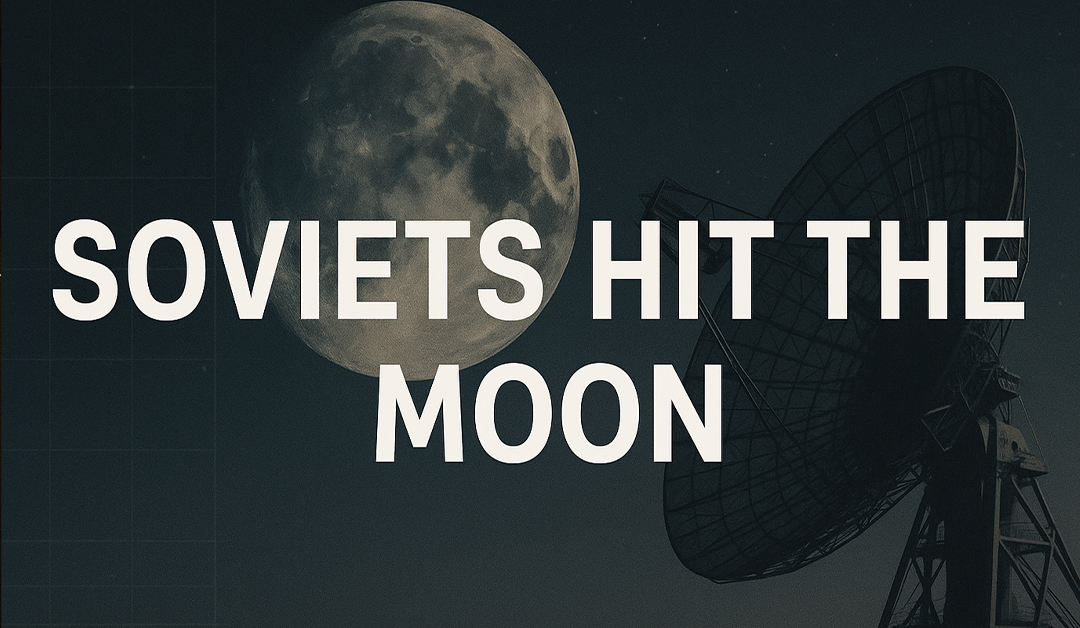On 12 September 1959, the Soviet Union launched a space probe toward the Moon and made history.
The spacecraft, called Lunik II, became the first manmade object to reach the lunar surface.
But the success wasn’t without failure, secrecy, and an intense Cold War backdrop.
Declassified intelligence reports reveal the behind-the-scenes drama, with aborted launches, secret tracking missions, and Soviet attempts to shroud technical data-all happening while the U.S. watched from the sidelines.
🛰️ Three Failures Before Success
Lunik II was not the Soviets’ first attempt. Intelligence documents show at least three failed launches prior to the successful mission:
-
6 September: Aborted just hours before launch
-
8 September: Cancelled minutes before ignition
-
9 September: Aborted again right at launch time
Only on 12 September, at 0210 GMT, did the rocket finally lift off from the Tyuratam launch range.
🔭 Intelligence Agencies Were Watching
U.S. ELINT (electronic intelligence) assets were in place to track telemetry and radio signals.
-
American and British listening posts, including Jodrell Bank in the UK, captured signals from Lunik II
-
Signals were monitored continuously until 13 September, when transmissions ceased as expected upon lunar impact
-
Jodrell Bank recorded doppler effects-evidence of a descending object accelerating under the Moon’s gravity
This was confirmation: the probe crashed into the Moon’s surface, validating the Soviet claim.
No direct visual evidence was obtained, but observatories were on high alert across Europe and Africa.
📡 Radio Games and Soviet Secrecy
The Soviets attempted to enhance visibility by claiming they’d release a sodium gas cloud en route-supposedly for optical tracking.
But no credible western observatories ever reported seeing it.
The final hours saw a noticeable signal strength increase, consistent with reflections off the Moon’s surface-matching Soviet predictions within minutes.
The termination of the radio signal coincided exactly with the predicted impact window, confirming not only technical success, but also a deliberate display of space superiority.
🔥 Hitting the Moon Is Easier Than You Think
As one CIA analyst bluntly noted:
"It is far more difficult a guidance problem to impact an ICBM within miles of a target at 5500 miles range than to hit the moon at 225,000 miles distance."
The Soviets knew this. Lunik II was not just a technical triumph-it was a propaganda coup.
By September 1959, the Moon had become a Cold War battlefield. And the Soviets had landed the first blow.






